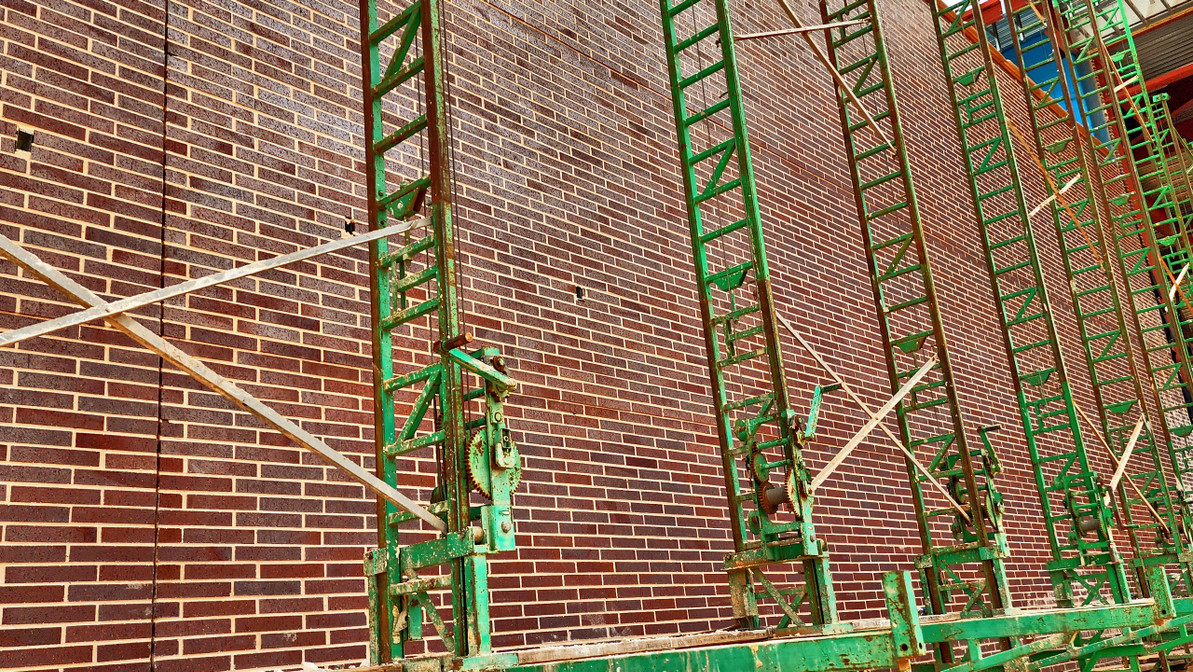The Environmental Impact of Scaffolding
Scaffolding is a crucial component in the construction industry as it provides a platform for workers and equipment to safely access elevated areas. However, scaffolding has a considerable environmental impact from production to disposal. In this blog post, we’ll explore the environmental impact of scaffolding and provide suggestions on how to reduce waste and environmental impact on construction sites.
Production and Use
The production of scaffolding requires raw materials such as steel, aluminum, and wood, which have a significant environmental impact. The mining, drilling, and transportation of these materials contribute to greenhouse gas emissions, pollution, and deforestation. However, steel and aluminum are both highly recyclable, and ongoing efforts to promote the recycling of these metals could help to mitigate environmental damage from their production. The use of scaffolding also contributes to environmental impact through energy consumption and resources consumption. The construction site requires energy for lighting, heating, and cooling, which all contribute to carbon emissions, and scaffolding production requires large amounts of energy. In addition, scaffolding equipment such as hoists and elevators also require energy consumption, which adds up to the overall environmental impact.
Disposal
The disposal of scaffolding could have a significant environmental impact if it’s not handled properly. Wooden scaffold boards, for example, requires proper disposal to prevent rotting and decomposition, which may lead to the emission of greenhouse gases. Steel and aluminum scaffolding are recyclable, and proper disposal through recycling is essential to reduce waste and mitigate environmental damage.
Reducing Waste and Environmental Impact
There are several ways to reduce waste and environmental impact on construction sites involving scaffolding. Firstly, a good standard of quality and durability of scaffolding materials is essential so that the scaffolding lasts longer and can be reused repeatedly. This reduces the need for frequent re-manufacturing and disposal of scaffolding materials.
Another way to reduce environmental impact is through regular maintenance of scaffolding equipment. Regular maintenance will ensure that the equipment operates more efficiently, thereby reducing its energy consumption and carbon emissions.
Comparing the Environmental Impact of Crank Up Scaffolding and Traditional Scaffolding
Crank up scaffolding, such as Non-Stop Scaffolding, is an alternative to traditional scaffolding that uses hand cranks to raise and lower platforms. Crank up scaffolding has a smaller environmental impact than traditional scaffolding due to its lightweight and reusable design. Crank up scaffolding is also faster to set up, reducing the time required for construction activities and thereby reducing energy consumption.
In contrast, traditional scaffolding requires more material to construct, making it bulkier and more challenging to transport. Traditional scaffolding is also more time-consuming to set up, and its heavy materials increase energy consumption during transportation.
Scaffolding has a considerable environmental impact from production to disposal. However, by using durable materials, regularly maintaining equipment, and properly disposing of scaffolding, we can reduce environmental impact. Lastly, crank up scaffolding has a minor environmental impact than the traditional scaffolding system, making it a more sustainable option for construction sites. By keeping the environment in mind, we can reduce our impact on the environment and work toward a more sustainable future.
Recent Posts
-
Scaffold Maintenance: Tips and Tricks for Safe and Efficient Operations
Maintaining scaffolding equipment is crucial for ensuring the safety and efficiency of any construct …Jul 22nd 2024 -
Innovative Uses for Scaffolding Beyond Construction
What do you think of when you hear the word scaffolding? When most people think of scaffolding, the …Jul 22nd 2024 -
Scaffolding Safety: The Role of the Competent Person
Southwest Scaffolding understands that scaffolding plays a significant role in construction. However …Jul 16th 2024




